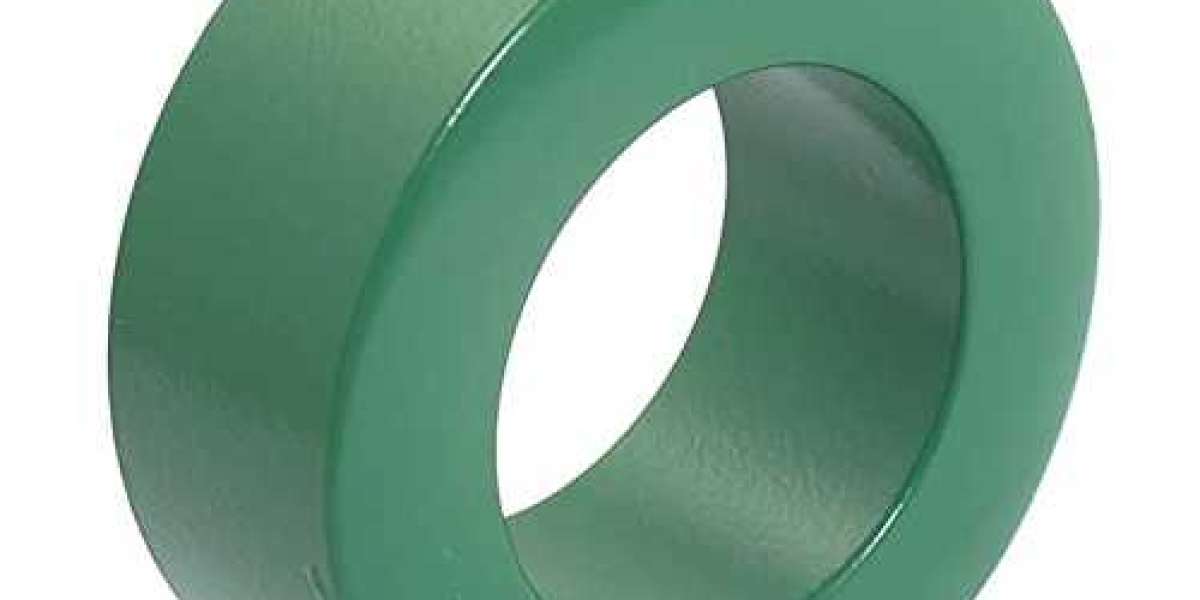Transformers are essential devices that are used to convert electrical energy from one circuit to another through electromagnetic induction. The core of a transformer plays a critical role in its operation. It is responsible for providing a low reluctance path for the magnetic flux and for storing energy in the form of a magnetic field. There are various types of transformer cores available, but one of the most efficient and widely used is the toroidal transformer core.
A toroidal transformer core is a doughnut-shaped core made from a ferromagnetic material. The core is made from a continuous strip of high-quality grain-oriented silicon steel or amorphous metal, which is wound into a tight, compact ring. The ends of the ring are then welded together, forming a complete loop.
The unique shape of the toroidal transformer core provides several advantages over other types of transformer cores. Firstly, the toroidal shape ensures that the magnetic flux is confined to the core, which reduces the amount of electromagnetic interference generated by the transformer. This makes toroidal transformers an excellent choice for applications that require low levels of noise and interference, such as audio equipment and medical devices.
Secondly, the toroidal shape allows for a more efficient use of the magnetic field, which leads to higher efficiency and lower losses. The magnetic field is evenly distributed around the entire circumference of the core, which reduces the amount of magnetic flux leakage and ensures that the maximum amount of energy is transferred from the primary to the secondary winding. This results in a transformer that is more efficient and produces less heat.
In addition to their superior electrical performance, toroidal transformer cores also offer a number of practical advantages. They are smaller and lighter than traditional transformer cores, which makes them easier to work with and less bulky. They also have a more streamlined design, which makes them more aesthetically pleasing and less obtrusive in equipment designs.
Despite their many advantages, toroidal transformer cores are not without their drawbacks. One of the main challenges of working with toroidal transformer cores is the difficulty of winding the primary and secondary coils around the core. Because the core is a closed loop, the coils must be wound in a precise and careful manner to ensure that they are evenly spaced and do not overlap. This requires a high degree of skill and experience, which can make toroidal transformers more expensive to produce.
In conclusion, toroidal transformer cores are a highly efficient and effective choice for many electrical applications. They offer superior performance in terms of efficiency, noise reduction, and compact design, and are well-suited for a wide range of industries, including audio equipment, medical devices, and power distribution systems. While there are some challenges associated with working with toroidal transformer cores, the benefits they provide make them an excellent choice for any application that requires a high-quality and reliable transformer.



